
A century of cinema will often be defined by its largest films – both in scope and fanfare – especially in the age of the comic book film. This provides a deeply limited perspective because it ignores some of the cinematic brilliance that went more or less unnoticed.
There are so frequently a plethora of hidden gems throughout a decade and if one only focuses upon the most prominent offerings so much of the best offerings will go unnoticed. In general, one must view the entire picture before a meaningful conclusion can be reached, therefore one who wishes to assess an entire decade of film must incorporate the entire vast spectrum of that period.
1. Killing Them Softly (2012)
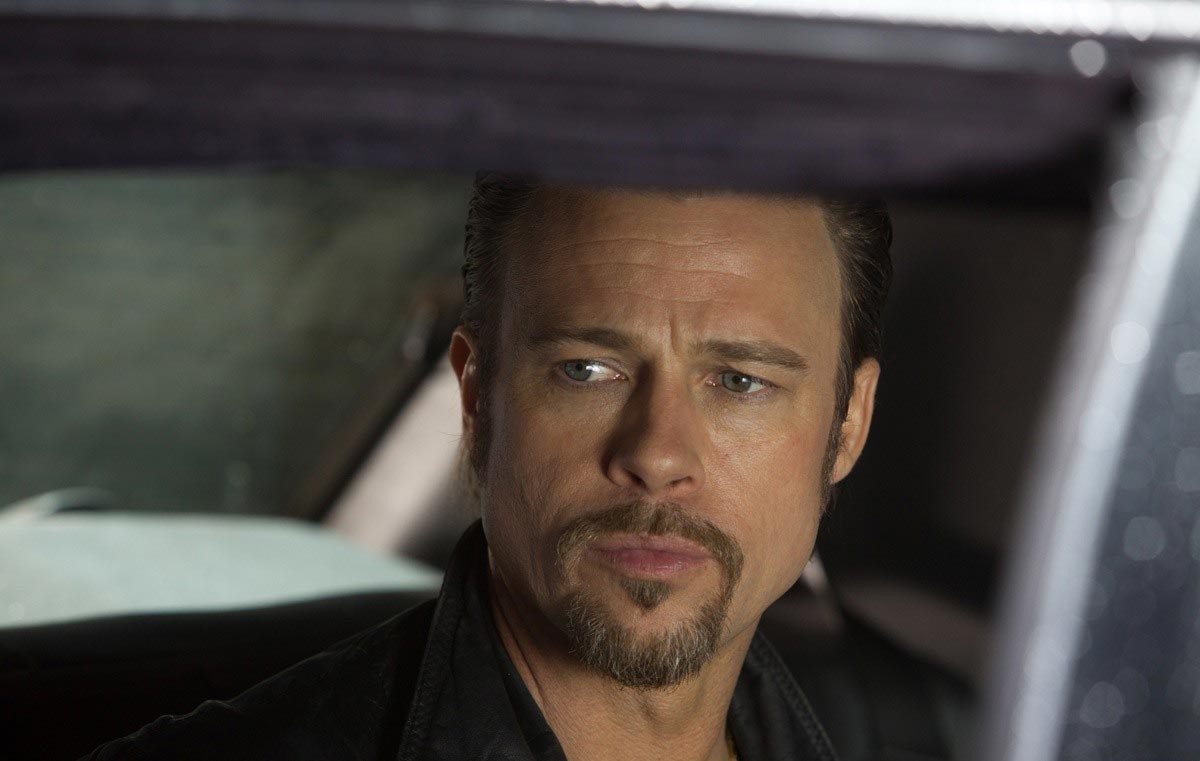
The Andrew Dominik interpretation of the George V. Higgins novel, Cogan’s Trade, boasts a prestigious cast and a darkly seething tone that strikes at the core of Higgins’ novel. The events of the film follow a series of characters. Three small-time criminals aim to escape the stagnating cycle of poverty by robbing a poker game – hosted by the unreliable Markie (Ray Liotta).
Many high-up Boston gangsters lose their money in this ordeal and in retribution the Mob – run as an organization and personified by Richard Jenkins for the viewer – bring in Jackie Cogan (Brad Pitt) to rectify the situation. Later in the film, James Gandolfini appears and provides an exceptional performance of emotion and regret. Overall, the events of this movie are propelled forward by these substantial performances and the tone.
The setting is massively bleak, as it is set to the tone of the 2008 presidential election and reinforces the characters’ beliefs – the only path to success can be found for oneself. Entire neighborhoods are decimated by poverty, which is displayed in the grimness of winter – desolate and cold and nothing more. The often incorporation of rain to complement some of the film’s most disturbing scenes is brutally effective. Characters become doused in the ceaseless water pouring from the pitch-black cover of night, as often blood is streaming from the recipients of violence.
The sound and music of Dominik’s film certainly stand out, as well. Cogan is introduced to the tune of Johnny Cash’s When the Man Comes Around, as the camera tracks him until he enters full view. This movie has an effective tone that is clear and present for the viewer and it melds with the fast-paced plot in a very complementary fashion. Thus the audience can surely detect Dominik’s indelible mark, one of the many reasons it remains a noticeable example of the cinema of the 2010s.
2. The Lost City of Z (2016)
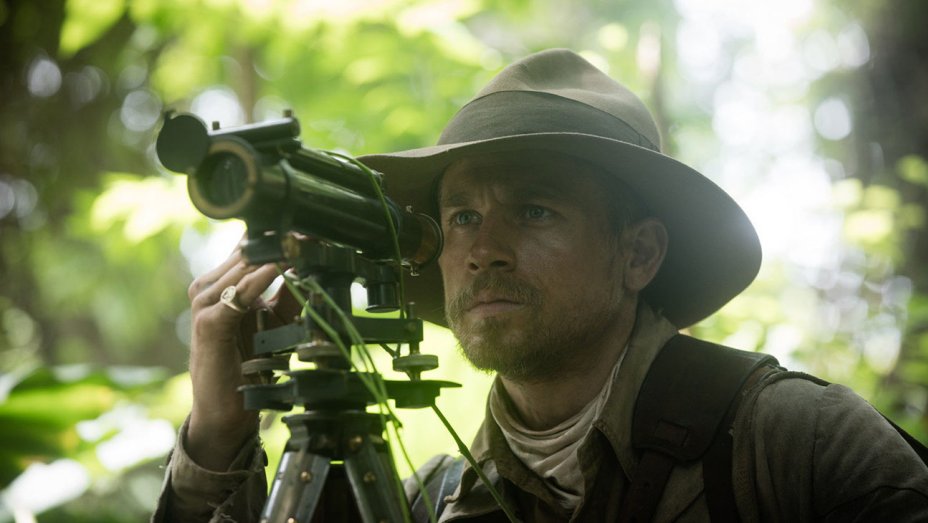
James Gray begs the question is a man defined by his obsession or can he supersede it. Percy Fawcett (Charlie Hunnam) is ineffaceably marked by his birth, he has been afflicted by the unforgivable error of low birth. Or as one character terms it, he has “an unfortunate choice of ancestors.” Even as a glimmering British army officer he cannot claim a place in the upper crust of society, thus he seeks out other means to elevate his family name.
Along with his lifelong friend Henry Costin (Robert Pattinson), Fawcett travels along the Amazon River and is tasked with the responsibility of leading the survey party that is exploring the area in which there was a border dispute between Bolivia and Brazil. On this mission, he discovered the artifacts which would eventually blossom into the fleeting hypothesis that would occupy his entire life. He began to believe that there he found the remnants of a grand society lost to time. However, he receives an immense deal of opposition due to the academic incredulity towards the capability of the indigenous Amazonians in such a feat.
The film is a highly introspective one and is subtle in a variety of ways. It is not a fun adventure movie akin to Indiana Jones but rather is more in line with Gray’s most recent film Ad Astra. It is a character study of a man who is occupied by his mind. Each film is both introspective for the audience and the viewer with a touching note of sentiment in the end. In the latter stages of the film, Nina Fawcett (Sienna Miller) reads from a letter “To dream to seek the unknown.
To look for what is beautiful is its own reward. A man’s reach should exceed his grasp, or what’s a heaven for.” No other statement could so entirely grasp the sentiment at the heart of Gray’s film. By seeking the unknown Fawcett, and to an extent Gray, is validating his mission and his life because his journey outweighs the almost unattainable reward.
3. Macbeth (2015)
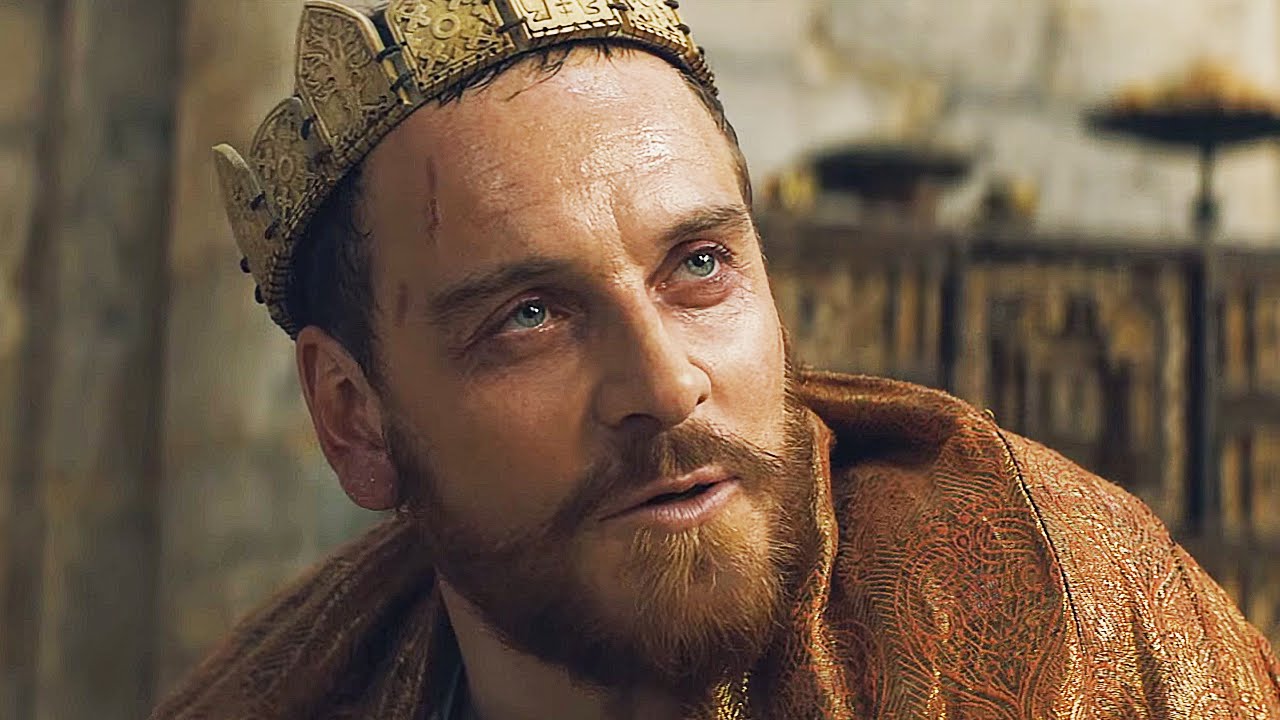
Typically a Shakespeare film has an overarching sense of grandeur, a grandiose set to display the theatrical masterpiece to the world. It tends to all feel staged, paying tribute to the source material, in a theatrical style. Justin Kurzel’s Macbeth is stylistically a Medieval epoch in which the battles are brutal, the plots sinister, and the prophecies harrowing.
Michael Fassbender stars as the titular, tragic character alongside Marion Cotillard, as his wife Lady Macbeth. This fearsome duo truly represents the discomposure that the corruption of the soul entails. Their heinous actions – born of avarice and self-fulfilling prophecy – propel them to the complete degradation of self. The constant misty haze that looms above the movie, paired will a disquieting cinematography capture the essence of Shakespeare’s work.
Kurzel’s film simply exudes gloom, an effective parallel to the events that are unfolding on screen. Aside from the previously referenced lingering haze, the film has a rather substantial yellowish color pallet. The film is thus able to portray the overall mood as a color. The thick yellow haze that grips the audience and entrances them in a daze easily conveys the dire sense that Kurzel steadily works to establish.
Finally, this film is exceptional in its ability to not pander to audiences, it simply presents the content without any refinement. In the end, it makes for a much more rewarding viewing, those that will not appreciate it are not the intended audience for this movie anyway.
4. Bone Tomahawk (2015)
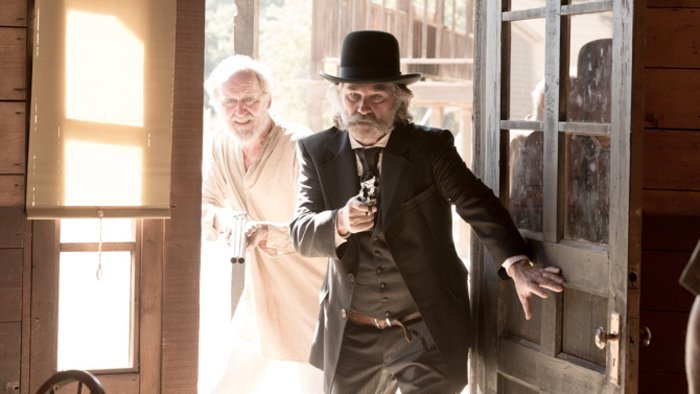
S. Craig Zahler presents a highly imaginative horror-western in his debut film Bone Tomahawk. Zahler tells the story of an injured foreman, a rugged sheriff, a local eccentric, and a naïve deputy who embark on a mission to find missing townspeople. Arthur (Patrick Wilson) is in search of his wife (Lili Simmons) and accompanies this party despite his woeful injury. They encounter a harsh terrain and some lethal hinderances in this mission, as they struggle against dark forces fur survival.
This film has moments of severe brutality, yet its pace slowly builds anticipation and culminates in an explosive climax. Its tone borders on thoughtfulness and sincerity, while also not shying away from barbarous imagery. Its melding of two isolated genres – Western and horror – may cause some audiences to be split, yet it still allows a riveting story to unfold on the secluded landscape of the vast desert.
The cast stands out clearly to the viewer, as Richard Jenkins, Kurt Russel, and Matthew Fox all provide exceptional performances. Each character feels like his own person with individual motivations and their actions firmly remain true. Without getting into details there are truly harrowing moments in which the characters are fearing for their lives – such moments defy the perceived genre norms. This movie works so well because it takes the premise of an exploitation film and allows it to transcend genre by providing a serious story with realistic characters. Thus the end product feels like something that was crafted with great care.
5. The Master (2012)
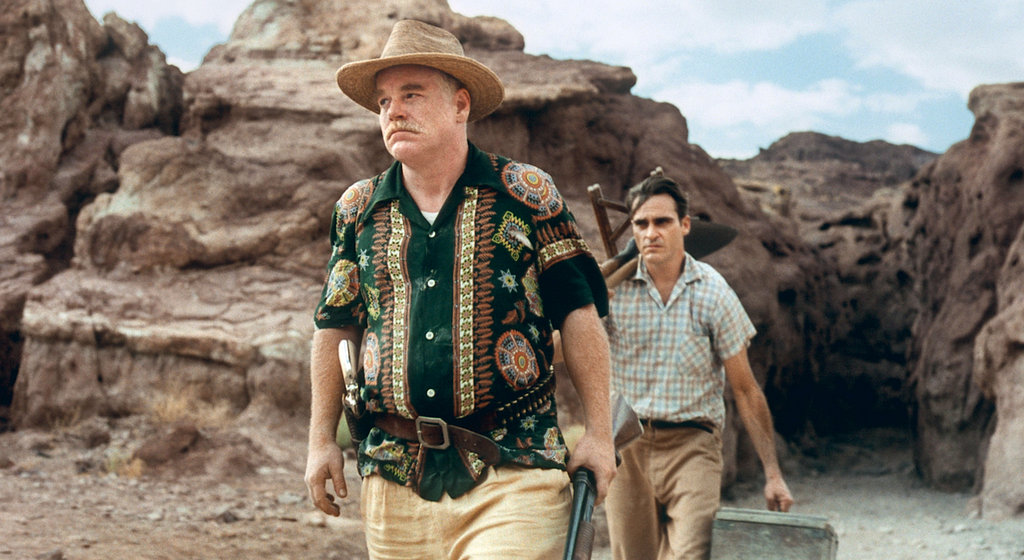
The Master – Paul Thomas Anderson’s follow-up to the widely lauded There Will Be Blood – provides a rather equivocal effect to the viewer. This film is perhaps not as poignant as the former, however, the acting and direction clearly masterworks of the decade. Freddie (Joaquim Pheonix) is an alcoholic, depressive drifter that is haunted by his battle-induced trauma, from World War II, and his previous life.
Then, practically on accident, he encounters the charismatic Lancaster Dodd (Phillip Seymour) leader of a cultist, religious movement. Freddie becomes enveloped in the Cause, as he begins to treat Dodd as a messianic figure, despite some of the apprehension of those in Dodd’s inner circle.
Johnny Greenwood’s score is enthralling, as ever, and Anderson’s direction is exquisite. He allows the obvious talents of his two main actors to shine through, while also incorporating a great degree of ravishing imagery and breath-taking cinematography. Overall, The Master is one of the best films of the decade and most do not provide it with the praise that it deserves.